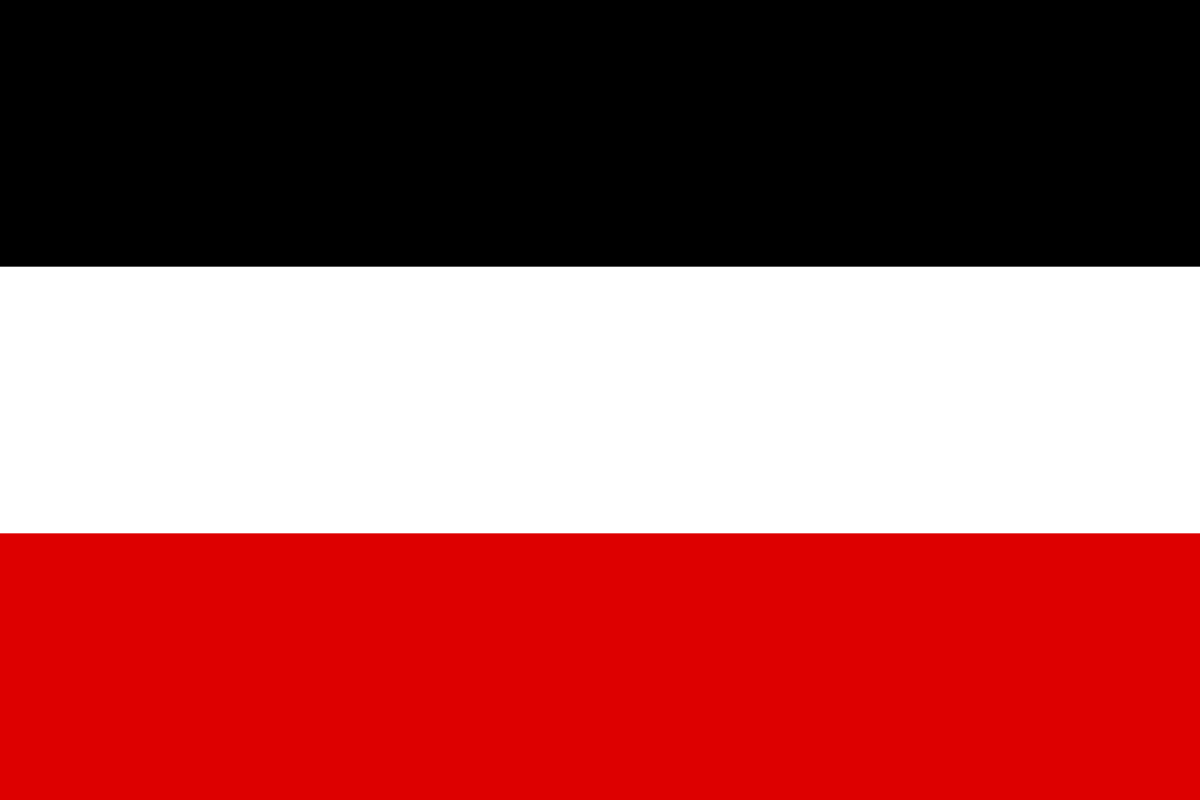



And while seafaring was the traditional domain of the Hanse in Germany, virtually all of the 19th century German coastline (including the North Sea coast) and naval power belonged to Prussia after the decisive victory in 1866. Therefore, the North German and eventually Imperial German flags prominently featured the Prussian colours (black and white) as well as symbols like the Prussian eagle and the Iron Cross. The new Confederation eventually became the German Empire after the Franco-Prussian War, hence the Imperial German flags date back to the North German Confederation.īecause Prussia had emerged as the leading German state and the black-red-golden colour scheme was, at that time, associated with pan-Germanism (a Germany including Austria) and the revolution of 1848, the Prussian King and President of the North German Confederation, Wilhelm I, insisted on using new flags inspired by Prussia and without the traditional German colours. The State of the Teutonic Order (whose flag is shown here) greatly influenced the history of Prussia, which became the dominant German state and the source for most of the new war ensign's visual elementsĪfter Prussia defeated Austria in 1866, the North German Confederation was founded by Prussia in order to replace the former German Confederation in which Austria had been the dominant power.


 0 kommentar(er)
0 kommentar(er)
